The Waste Sorting Robot Market is currently characterized by a dynamic competitive landscape, driven by increasing environmental regulations and the growing need for efficient waste management solutions. Key players such as ZenRobotics (FI), AMP Robotics (US), and Tomra Systems (NO) are at the forefront, each adopting distinct strategies to enhance their market positioning. ZenRobotics focuses on innovation through advanced AI technologies, aiming to improve sorting accuracy and operational efficiency. Meanwhile, AMP Robotics emphasizes partnerships with local governments and waste management companies to expand its reach and enhance service offerings. Tomra Systems, leveraging its extensive global presence, is investing in digital transformation initiatives to optimize its operations and customer engagement, thereby shaping a competitive environment that prioritizes technological advancement and sustainability.
In terms of business tactics, companies are increasingly localizing manufacturing to reduce costs and improve supply chain resilience. This trend is particularly evident in the Waste Sorting Robot Market, which appears moderately fragmented, with several players vying for market share. The collective influence of these key players is significant, as they not only drive innovation but also set industry standards that smaller companies must adhere to in order to remain competitive.
In August 2025, ZenRobotics (FI) announced a strategic partnership with a leading European waste management firm to deploy its latest AI-driven sorting technology across multiple facilities. This collaboration is expected to enhance operational efficiencies and reduce contamination rates in recycling streams, thereby reinforcing ZenRobotics' position as a leader in the market. The strategic importance of this partnership lies in its potential to showcase the effectiveness of AI in real-world applications, which could attract further investments and partnerships.
In September 2025, AMP Robotics (US) launched a new version of its AI-powered sorting system, which incorporates machine learning algorithms to improve sorting accuracy by 30%. This upgrade not only enhances the company's product offering but also positions AMP as a frontrunner in technological innovation within the sector. The introduction of this advanced system is likely to appeal to waste management companies seeking to optimize their operations and reduce costs, thereby solidifying AMP's competitive edge.
In July 2025, Tomra Systems (NO) expanded its operations in Asia by opening a new manufacturing facility in Vietnam. This move is part of Tomra's strategy to localize production and cater to the growing demand for waste sorting solutions in the region. The establishment of this facility is significant as it not only reduces lead times but also allows Tomra to better serve its Asian clientele, enhancing its competitive positioning in a rapidly growing market.
As of October 2025, the Waste Sorting Robot Market is witnessing trends that emphasize digitalization, sustainability, and the integration of artificial intelligence. Strategic alliances among key players are increasingly shaping the competitive landscape, fostering innovation and collaboration. Looking ahead, it is anticipated that competitive differentiation will evolve, shifting from traditional price-based competition to a focus on technological innovation, supply chain reliability, and sustainable practices. This transition underscores the importance of adaptability and forward-thinking strategies in maintaining a competitive advantage in the market.


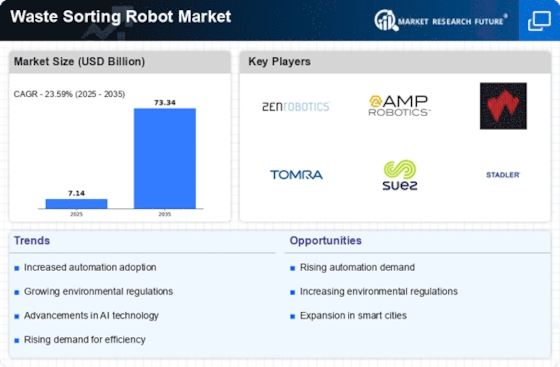
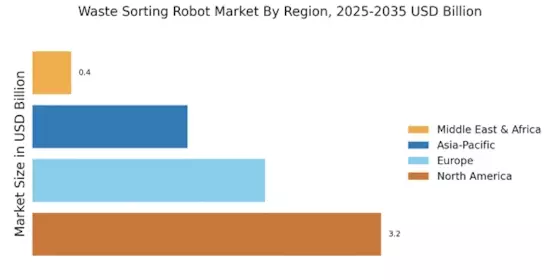
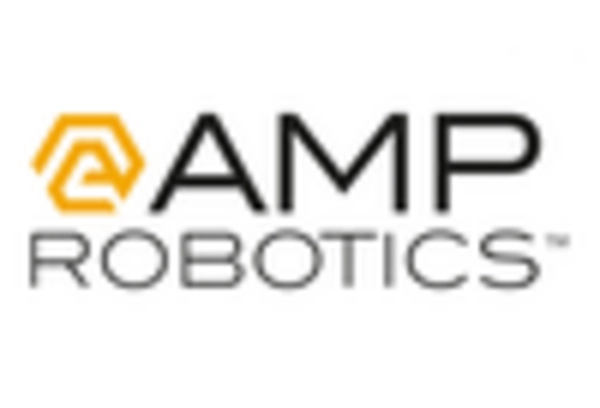
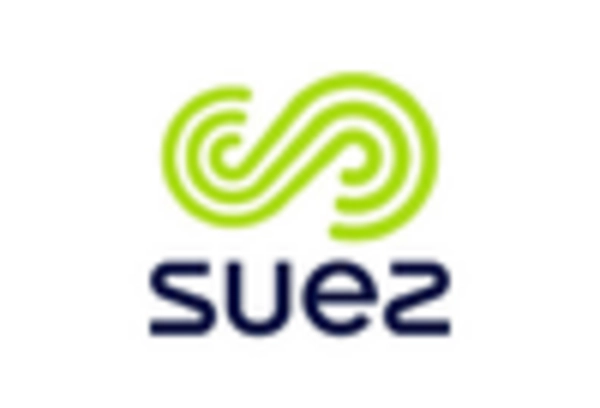

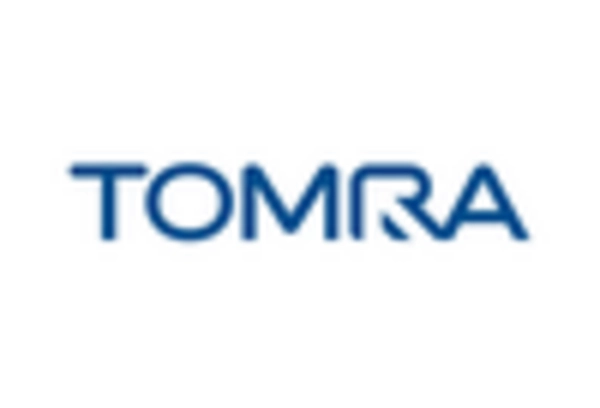

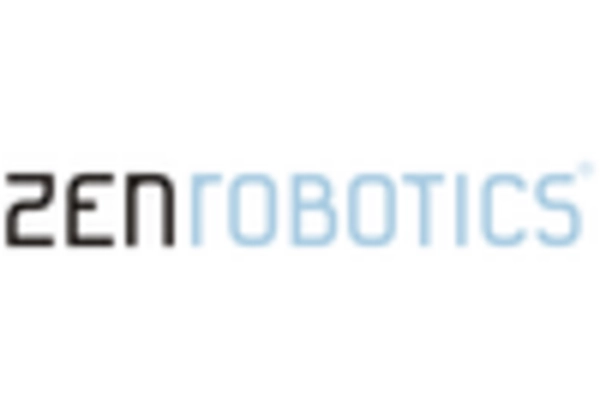








Leave a Comment